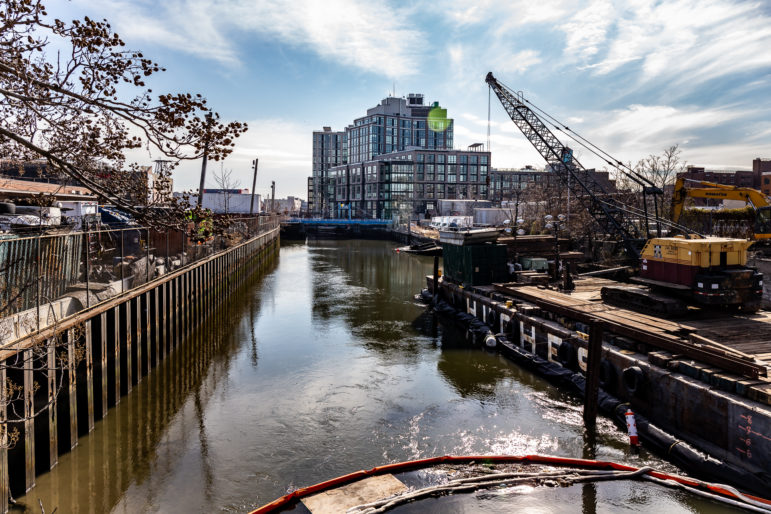
The strain of the COVID-19 pandemic on the city’s emergency response system, small businesses and NYCHA housing has some community leaders and elected officials in Gowanus revisiting concerns they had raised with the de Blasio administration about the city’s rezoning plan for the Brooklyn neighborhood.
They’re hoping those worries can be addressed. However, with the city’s Department of City Planning temporarily shuttered due to the crisis and Mayor de Blasio’s emergency order, local elected officials are concerned that the Gowanus rezoning will not move forward in any form.
“If we don’t move forward on it, at some point in the next few months, it won’t be able to be achieved in this term,” says Councilmember Brad Lander. “My term ends in a year and a half and the mayor’s does too. And so if we don’t move forward in the next couple of months that means this will not happen.”
In mid-March, Mayor Bill de Blasio issued an emergency order that froze all land-use review processes in order to avoid the public gatherings that are part and parcel of those reviews. In an executive order, the city temporarily suspended the city’s Uniform Land Use Review Procedure (ULURP), specifically barring “all City Planning Commission meetings, including public hearings and votes required as part of land use review processes, are suspended and the time periods for hearings and votes will not run.”
As of now, there is no timetable for restarting the process for Gowanus.
“There’s no update at the moment on the Gowanus Neighborhood Plan. Per the Mayor’s Executive Order, ULURP remains suspended. Any next steps for the Gowanus proposal will be shared with the community and on our website,” wrote DCP In an email to City Limits. “While ULURP is on pause, DCP is advancing important planning work where possible through virtual means – such as our recently-announced month of digital waterfront events. We will continue to prioritize affordable housing, economic development, open space, resiliency and other infrastructure needs.”
Lander says he recognizes the concerns and difficulties the community would face going through a public review process. But he does not want the years of effort gone into community meetings and discussions to end in vain.
The rezoning plan spans 80 blocks bounded by Bond Street to the west, Baltic Street to the north, 4th Avenue to the east from Pacific Street to 15th Street and cuts off near Hamilton Avenue in the South in the Southwest Brooklyn Industrial Business Zone. When the pandemic struck, everyone was waiting for the completion of a draft environmental impact statement to trigger the start of the formal land-use review process.
The Gowanus rezoning effort is part of the de Blasio administration housing plan to create and preserve 300,000 affordable housing units, partly through rezoning neighborhoods across the city. Initially, the mayor sought to rezone 15 communities. So far, six neighborhoods—East New York in Brooklyn, Downtown Far Rockaway in Queens, Jerome Avenue in the Bronx, Bay Street in Staten Island and the Manhattan neighborhoods of Inwood and East Harlem—have seen large-scale rezonings, although the Inwood rezoning has since been annulled by a state judge.
Earlier this year, other neighborhoods slated for a city-initiated rezoning halted. In the Bronx, local Councilmember Rafael Salamanca opposed the Southern Boulevard rezoning without a racial impact study which would analyze the impact of rezonings on city’s ethnic groups and in Brooklyn, the Bushwick rezoning plan came to a deadlock due to disagreements between the city administration and local elected officials and community members.
That means Gowanus would almost certainly be the last rezoning pursued by the de Blasio administration, which leaves office at the end of 2021.
Small business, emergency response and NYCHA
Lander, who has represented the area in the Council since 2010, laid the groundwork for the rezoning by convening a community planning discussion called Bridging Gowanus in 2013. While the city’s rezoning plan didn’t fully reflect the Bridging Gowanus vision–in fact, there were significant disagreements about the way NYCHA land and the local industrial business zone were treated in the city’s vision
Since the rezoning effort launched in Gowanus in 2016, Community Board 6 and local community groups such as the Gowanus Neighborhood Justice Coalition have pushed for NYCHA housing in the neighborhood to be included within the rezoning plan. There were also concerns about affordable housing, commercial and residential mixed use district and environmentally responsible policies.
Last year, the Community Board sent out a letter to the DCP Chairperson Marisa Lago outlining their specific criticisms (those details can be read here). The city has yet to include NYCHA in the current rezoning plan.
“Our vision for a better Gowanus has always included the protection and expansion of the IBZ, NYCHA capital improvements,100 percent affordable housing on city-owned land, a need for environmental responsibility and maintenance of our diversity in a Gowanus Mix. The importance of realizing this vision has only grown in these times,” wrote Mike Racioppo, Community Board 6 district manager, in a recent statement to City Limits.
“The pandemic highlights the tragedy of delaying implementation of smart public policy that protects all and raises up those in need. In Gowanus, and across our community, we will continue to work as hard as we can making sure that is part of the post COVID-19 reality.”
Earlier this year–before the pandemic struck–the Gowanus Neighborhood Justice Coalition (GNJC) made over a dozen demands for the city to meet in the rezoning process
Among them was a demand for the city to invest in community health and social resilience resources by committing to include all residents, including public housing tenants, in the city’s Community Health Needs Assessment and Community Emergency Preparedness Plan in order to address local health disparities and disaster risks. That’s become all the more urgent now.
Another top priority for GNJC that remains unaddressed by the city is “upfront funding for full capital needs” for NYCHA’s Warren Street Houses, Wyckoff Gardens and Gowanus Houses and ensuring local NYCHA tenants and low-income residents are hired to complete the work. Given the financial battering the city is taking, and NYCHA’s outstanding capital needs, it’s an issue that’s even more fraught after COVID-19.
And the Gowanus rezoning plan includes a special district, known as the “Gowanus Mix” which would allow arts and manufacturing, integrated schools, historic preservation, new open space, and school and transit improvements to exist together to further support business growth and expansion, according to DCP.
But now, state and city policies have forced small businesses across the city into perilous territory. While there have been grassroots efforts in Gowanus to support small businesses, those initiatives and the provisions in the rezoning plan as it now stands might not add up to what local retail needs after COVID-19.
Now, Lander says, Gowanus will have to take a look at the rezoning through the lens of an uncertain economy due to the pandemic.
“We’ll need to take a good look at things in the plan that may need some adjustments and we’ll need to make some shifts in the process, so that we can really take a good look at what we have to learn from the COVID-19 crisis,” said Landers. “That includes a sharper look at emergency response. There was some effort through the Gowanus [mixed-use] plan to make sure that there’s room to support small businesses, but obviously small businesses are being devastated in the crisis. And NYCHA, to me that was the biggest unresolved issue before and now it’s going to be dramatically harder because the overall challenges that NYCHA will be facing in the wake of the pandemic will be massive.”
Opposition still exists, and the Superfund is still super
Gowanus community groups such as Friends and Residents of Greater Gowanus (FROGG) are not supportive of the rezoning because it does not meet the needs of the community given the city’s own projections in its draft scope of work — a document describing the details of a land-use action and outlining the methods the city will use to study the project’s potential impacts. Last year in March, the city released its draft scope of work which projected that the prospective rezoning of Gowanus would trigger the creation of an estimated 8,200 new apartments by 2035. The draft scope maps out the environmental impact study that must commence before the project can move into ULURP.
The opponents’ position has not softened.
“Unfortunately there’s a crisis, so now, people are really [wondering] what the community actually needs versus what they would like to see in the future. I think we need a moratorium on rezoning. No rezoning, we don’t need it. What for? We don’t want development for thousands of people here. There’s no room for it. It’s not healthy. Dangerous. It’s not compatible,” said Linda Mariano, the founder of FROGG and Gowanus resident and artist since 1974.
The U.S. Environmental Protection Agency (EPA) announced in January its work order to start the cleanup effort in the Gowanus Canal superfund site in September this year.
The federal administrative order covers both the cleanup of the upper canal and the First Street turning basin which involves full-scale dredging and capping of the upper canal and the restoration of the First Street turning basin. According to the EPA, the initial clean up costs is estimated at $125 million and is expected to be completed in 30 months. The EPA and the state Department of Environmental Conservation (NYSDEC) are coordinating the cleanup efforts of the canal.
The EPA did not respond to questions City Limits asked about possible delays to the cleanup due to the Coronavirus epidemic in time for publication.
Landers says meeting the economic, environmental, health and social needs of the community is more critical than ever, especially during unprecedented global health pandemic.
“We’ve worked really hard to build in the preservation of commercial and industrial and arts and artists in a nonprofit and small business space in a pretty thoughtful way. The core principles that we have built the rezoning around were the need for neighborhoods that are more equitable and less segregated and the [COVID-19] crisis is teaching that to us now more than ever,” said Landers. “We’re going to be experiencing a real economic downturn and we really need to think about what recovery looks like that helps bring the economy back–but in a way that really pays serious attention to equity and sustainability. Those things are hard to combine, but it’s just more clear than ever. We must do that. And for me those are the principles that the planning for the Gowanus neighborhood rezoning was built around.”



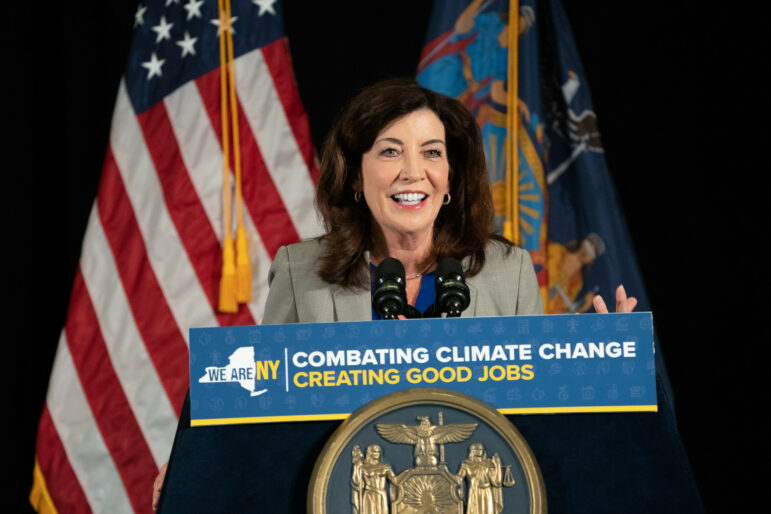

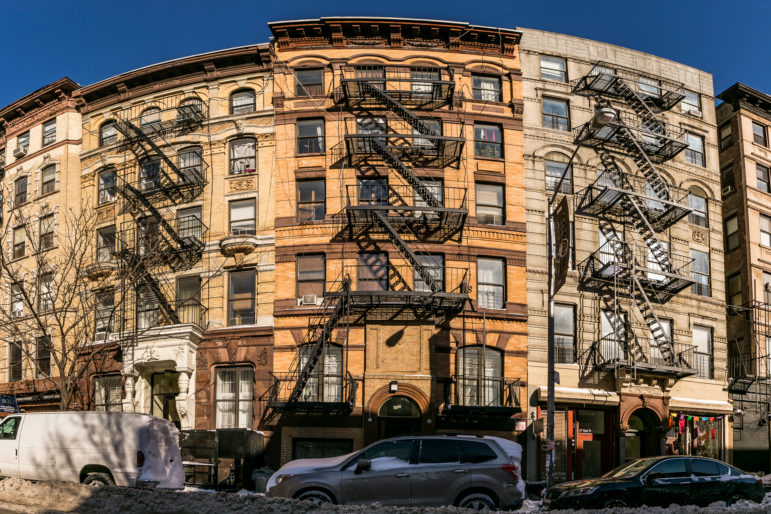
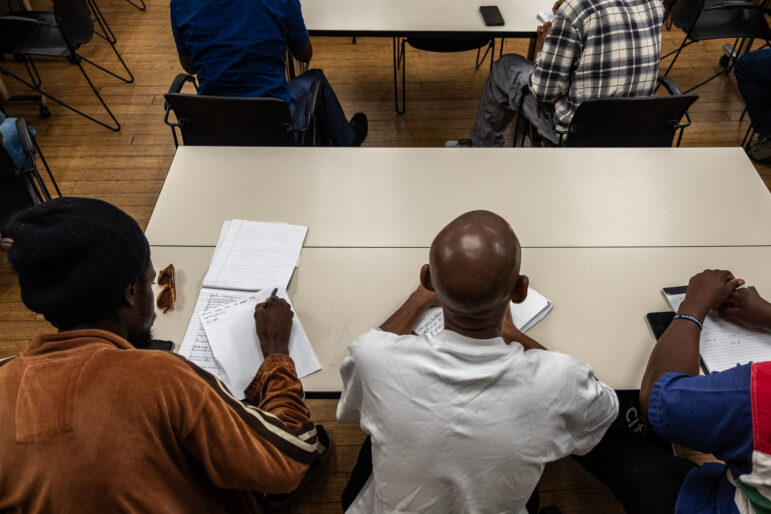
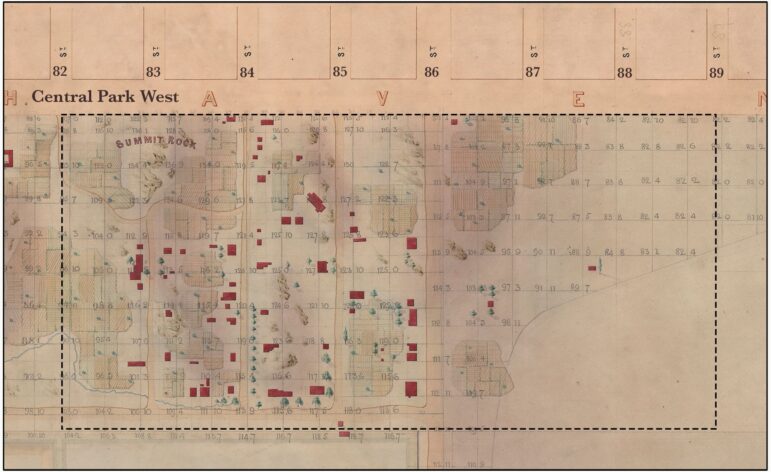


8 thoughts on “COVID-19 Prompts New Concerns About the Gowanus Rezoning”
Brad Lander: “the principles that the planning for the Gowanus neighborhood rezoning was built around” – the whole process of “Bridging Gowanus” (the process to which Mr. Lander refers) was a ruse meant to make it appear that the Gowanus rezoning plan came from the community. There were no principles except to hand over the neighborhood to the developers. 30-story building in a flood zone/hurricane evacuation route. COVID 19 has shown that the USA needs to keep, encourage, protect manufacturing zoning – and that dense residential is detrimental to human health. There’s no need for it – people are rethinking living in NY, many are leaving or will be leaving. COVID 19 has to be seriously considerted, addressed, and NY rezoning to keep building more and more residential has to stop.
I agree
The Gowanus rezoning makes no sense. It was premised on a significant expansion of real estate development and with the current and expected economic downturn that will not happen. But new development makes absolutely no sense in the Gowanus and other waterfront neighborhoods when sea level rise is inevitable and not entirely predictable in its scope; and the city has no clear and adequately funded long-term strategy for its extensive waterfront. Gowanus is still laden with toxicity resulting from a history of development that ignored environmental and public health concerns; why risk yet further catastrophe? Finally, the exclusion of public housing is even more shameful when it is allowed by officials who claim to be advocates of social justice.
I have lived in the rezoning area for two decades and I am in favor of it. I have watched mini storage and hotels now used to house homeless rise around me. The small restaurants, bars and retail need more people living here to thrive. The district was last zoned in the 1960s. Manufacturing has moved out of the city and the country and homelessness and lack of affordable housing are on the rise. The idea a city should stay static because some people are nostalgic or because public housing is falling apart and underfunded are short sighted. I don’t love every part of the plan. I didn’t get what I wanted for my property. But the community had input and compromises were made. You don’t create new housing and lower housing prices by squashing every rezoning plan. This is a failure of elected leaders to lead. This rezoning was proposed in 2007. It’s time to move forward. We all are not going to get what we want But that shouldn’t mean a few people should be able to prevent the city from moving forward and they don’t speak for everyone in the community.
The Gowanus neighborhood doesn’t have: a hospital, a library, a fire department, open space (except for a postage-sized open space not central to the neighborhood on 12th Street and 2nd Ave – right next to the sanitation depot).
It has: one public school (elementary), a very limited bus route, limited SRO (standing room only) on the subway lines, high unemployment rate, 50K median household income, ancient infrastructure, a toxic canal, serious flooding during hurricane season, combined sewer overflows., a polluted Thomas Greene Park built on toxic land, a Superfund clean-up that won’t be completed for another 10-20 years.
The proposed rezoning plan doesn’t address any of these issues. Bridging Gowanus did not address the public housing (NYCHA)problem either (and there are many).
How is the proposed rezoning plan a “moving forward?” Call it for what it is: a land grab.
“no open space” Are you kidding!? Have you ever walked around the two lovely housing projects??? They are full of courts and grassy patches for recreation. Not to mention the excellent Nicholas Naquan Hayward park complete with summer fountains. Also as to the lack schools and libraries, there hopefully aren’t many kids living in the current mini storage places that populate most of the neighborhood outside the projects.
er, there’s a fire station on Bond Street? Public housing, yes, rising sea levels, yes…all interesting but Gowanus is a post industrial, toxic dump. Plain and simple. There is no magic city pot of money to fix Gowanus and never, ever, will be. NYC is broke and the pandemic has made it worse. Who will spend money to develop former industrial sites other than developers? At least they are interested in building above future flood levels. Public housing…er, sure…but developers don’t want to pay for it and if NYC does, we get Gowanus Houses 2.0 and they don’t look like a happy place to me. Take what you can from the developers and move on. That’s a better deal than the current position – 100% of a toxic waste dump.
errata – land and SKY grab (with 30+ stories proposed)